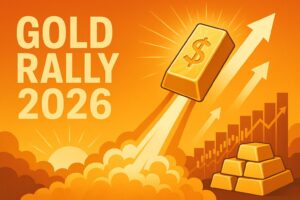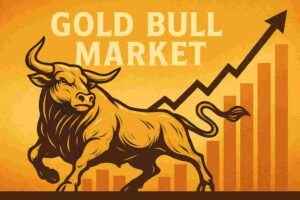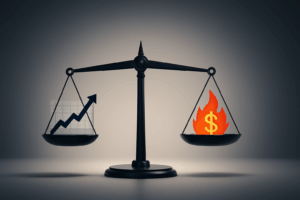When silver breaks $50, it’s a turning point for precious metals. The last time silver traded above this level was 1980, when the Hunt Brothers attempted to corner the market, inflation was running near 14%, and the world was caught in a storm of geopolitical tension and monetary instability.
Sound familiar?
Fast forward to today: inflation may be “cooling,” but purchasing power is still eroding; governments are running record deficits; and faith in central banks — once sacrosanct — is fracturing. Just last month, political interference with the Federal Reserve sent safe-haven demand soaring, pushing gold past $3,400 and silver to levels unseen in a generation.
But this time, the fundamentals are far stronger than they were in 1980. The industrial backbone of silver — in solar panels, AI hardware, and next-generation energy systems — is growing at double-digit rates. At the same time, new supply remains constrained, as global mining output has flatlined even amid higher prices.
According to recent data from the Silver Institute, silver’s dual identity — part monetary metal, part industrial workhorse — is fueling a perfect storm of demand.
The Silver Surge: What’s Driving It Now
The recent breakout in silver isn’t a fluke or a speculative echo of gold’s rise — it’s the product of converging, powerful silver price drivers that span monetary policy, industrial demand, and global realignment. Each of these forces alone could push silver higher. Together, they’re reshaping the investment case for the metal in 2025 and beyond.
Falling Real Rates, Rising Fear
The first driver is the oldest in the playbook: real interest rates. As central banks from Washington to Tokyo wrestle with slowing growth and sticky inflation, nominal rates are declining faster than inflation expectations. That means real yields — the inflation-adjusted return on bonds — are once again negative.
Negative real rates are the oxygen that fuels precious metals. In a world where cash loses purchasing power, investors look for assets that can’t be debased or defaulted on. Gold has historically led that charge — but silver, with its higher volatility and smaller market size, tends to magnify those gains.
The last time real yields were this low for this long was during the 1970s, when both metals surged to record highs. According to In Gold We Trust 2024, this “new gold playbook” marks a structural shift — central banks and emerging-market investors, not just Western traders, are now setting the tempo. And as gold finds new institutional demand, silver is becoming the retail and industrial counterpart of that same story.
Industrial Demand: Solar, AI, and Electrification
While gold is driven mostly by monetary and investment flows, silver’s story in 2025 is also technological. Each new megawatt of solar capacity requires about 20 kilograms of silver, and global solar installations are projected to grow another 30% this year.
Add to that the explosion of AI-driven data centers, electric vehicles, and 5G infrastructure — all of which use silver for its unmatched conductivity — and you have an industrial foundation that simply didn’t exist during previous bull markets.
Recycling breakthroughs, such as new tech that recovers 98% of silver from old solar panels, haven’t yet reduced demand in a meaningful way. They suggest future supply recovery, but for now, consumption still exceeds new mine output, keeping the market increasingly tight.
The East-West Financial Divorce
Beyond economics, there’s geopolitics. The growing East-West divide — intensified by trade wars, sanctions, and central-bank gold accumulation — is changing how wealth is stored and transferred.
Emerging economies are increasingly diversifying away from the U.S. dollar and expanding their bullion reserves. China and India, both major consumers of silver, are leading this shift. According to In Gold We Trust 2024, these “gold gains” in the East mirror the “gold drains” of the West. As gold becomes the preferred reserve for sovereigns, silver follows in the private sector, where it’s more accessible for households and investors.
Vietnam’s decision to open its gold and silver markets to private competition is another sign of this transformation. Liberalization across Asia could unleash new waves of investment demand from populations already culturally tied to precious metals.
Monetary Turbulence and the Fed Factor
The fourth driver is confidence — or rather, the lack of it. Political interference with the Federal Reserve has revived memories of the 1970s, when policy credibility collapsed and inflation expectations spiraled.
When investors doubt central-bank independence, they move into tangible assets. That’s why both gold and silver spiked after the recent attempt to fire a sitting Fed governor. These aren’t just short-term headline reactions — they’re signals of deeper anxiety about the future of fiat money.
A Tight Physical Market
Finally, the physical silver market remains historically tight. The London Bullion Market Association reports inventories near multi-year lows, and premiums on coins and bars have widened again. Miners, facing higher energy costs and lower ore grades, are struggling to expand production despite record prices.
In short: demand is growing faster than supply can respond — a classic setup for a sustained bull cycle.
When Silver Breaks $50, It’s More Than a Chart Event
What ties all these silver price drivers together is that they’re structural, not cyclical. This isn’t a speculative bubble — it’s a repricing of scarcity, trust, and value in an era of financial distortion.
When Silver Breaks $50, it signals a broader market revaluation — one driven by falling real yields, rising industrial demand, geopolitical fragmentation, and fading faith in paper promises. Together, they’re creating a multi-layered tailwind for silver.
The white metal’s volatility means it won’t move in a straight line, but every dip in 2025 increasingly looks like an opportunity for long-term investors who understand the fundamentals.
As gold tops $4,000 and silver breaks $50, this isn’t about 1980 nostalgia — it’s about powerful, lasting forces reshaping the market.
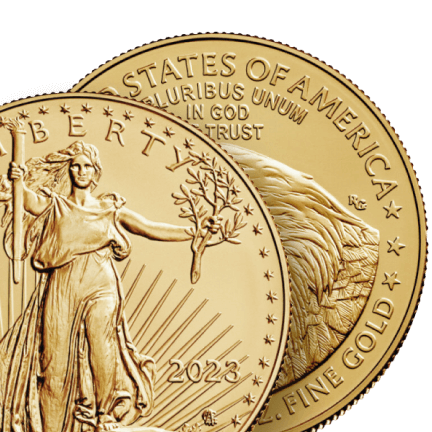
GoldSilver: Investing in Physical Metals Made Easy
GoldSilver lets you invest in real physical precious metals with flexible options to buy, sell, store, and take delivery. You’re in complete control.
Open an AccountPeople Also Ask
Why did silver break $50 for the first time since 1980?
Silver broke $50 in 2025 amid falling real rates, record demand from solar and AI, and growing investor distrust in central banks. These structural trends have created the strongest fundamentals for silver in decades.
What are the main silver price drivers in 2025?
Today’s main silver price drivers are negative real rates, geopolitical tensions, de-dollarization, and growing industrial use in tech and energy. Together, these forces have made silver both a monetary and industrial powerhouse.
How does silver compare to gold as an investment?
Gold is the traditional safe-haven asset, while silver offers more volatility — and potentially higher upside — during bull markets. When gold rises, silver typically follows with greater momentum, making it “gold with leverage.”
Is silver’s rally sustainable, or is this another bubble?
Unlike the 1980 surge, today’s rally is fueled by real fundamentals — structural deficits, industrial growth, and global monetary change. Analysts see this as a repricing of trust, not a short-term spike.
How do rising industrial uses like solar and AI affect silver prices?
Industrial sectors now consume more than half of all annual silver supply. Demand from solar, EVs, and data centers is outpacing mining output, creating a supply squeeze that pushes prices higher.
Get Gold & Silver Insights Direct to Your Inbox
Join thousands of smart investors who receive expert analysis, market updates, and exclusive deals every week.
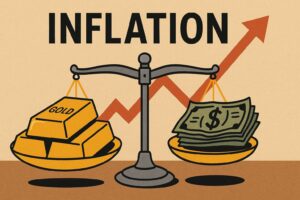
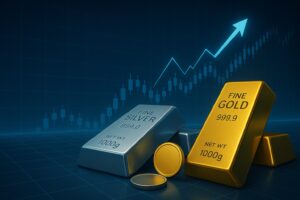
![Is Now the Best Time to Buy Silver? [Silver 2025–2030 Forecasts]](https://goldsilver.com/wp-content/uploads/2025/11/price-of-silver-300x155.jpg)
